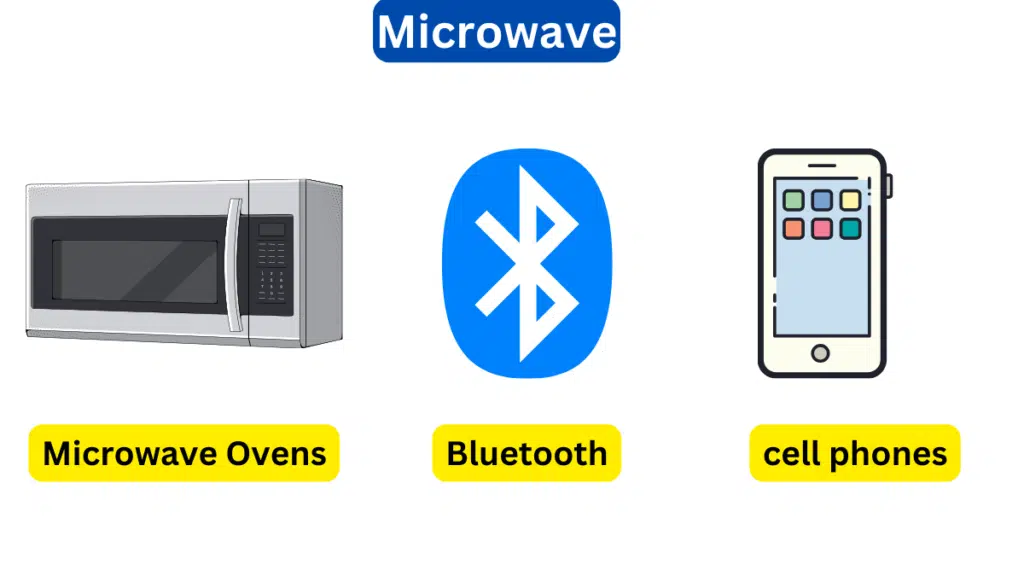What are Microwaves?-Definition, propagation, And Uses
Microwaves are electromagnetic waves that travel at the speed of light and have wavelengths between 0.3 m and 3 mm. Examples of microwaves include microwave ovens and radar systems.
These waves are used in many different ways including cooking food, heating water, drying clothes, and even curing cancer.
What are Microwaves?
The practical application of microwaves had to wait for the invention of suitable generators, such as the klystron and magnetron, as microwaves were first produced and studied in 1886.
You may know that microwaves can be used to cook food, but you may not know that microwaves can also be used for TV weather news. Microwave ovens use microwaves about 12 centimeters in length to force water and fat in food to change shape. The food is cooked because of the heat generated by the interaction of these molecules.

Microwave ovens are devices that use electromagnetic radiation at a frequency higher than that of visible light (i.e., radio waves) to produce heat. Microwaves have been widely used since the 1950s, and they are now commonly used for cooking food.
Propagation of Microwaves
Microwaves do not travel as ground waves that follow the Earth or reflect off the ionosphere, but they do travel by line-of-sight paths. Microwave communication links are limited by the visual horizon to less than 40 miles on the surface of the Earth. Rain fade is a factor at the high end of the band because microwaves are absorbed by the atmosphere. Microwave transmission is limited to a few kilometers above 40 GHz when atmospheric gases begin to absorb microwaves.
The absorption of radiation by Earth’s atmosphere is so great that it is in effect opaque until the atmosphere becomes transparent in the so-called IR and optical window frequencies.
Sources of Microwaves
A high-power microwave source uses vacuum tubes to generate microwaves. Magnetrons, klystrons, traveling-wave tubes, and gyrotrons are some of the devices that operate on different principles than low-frequency vacuum tubes, using the ballistic motion of electrons in a vacuum under the influence of controlling electric or magnetic fields.
The current mode of work doesn’t work in the density-modulated mode. This means that they work on the basis of clumps of electrons flying through them rather than using a continuous stream of electrons.
Uses of Microwaves
Microwaves are widely used for heating and cooking food. The microwaves interact with water molecules in food, causing them to vibrate rapidly and generate heat. This allows food to be cooked very quickly and efficiently in microwave ovens. Microwaves are also essential for point-to-point wireless communications like cell phones, WiFi, and Bluetooth due to their ability to transmit information efficiently even over long distances.
In addition, microwaves have applications in radar, imaging, chemistry, plasma generation, and materials testing. Radar systems use microwave radiation to detect distant objects. Microwave imaging utilizes the ability of microwaves to penetrate materials to create images for medical, archaeological, and remote sensing purposes. Microwaves can also accelerate chemical reactions, generate plasma, and characterize materials through properties like absorption, reflection, and attenuation.







Leave a Reply